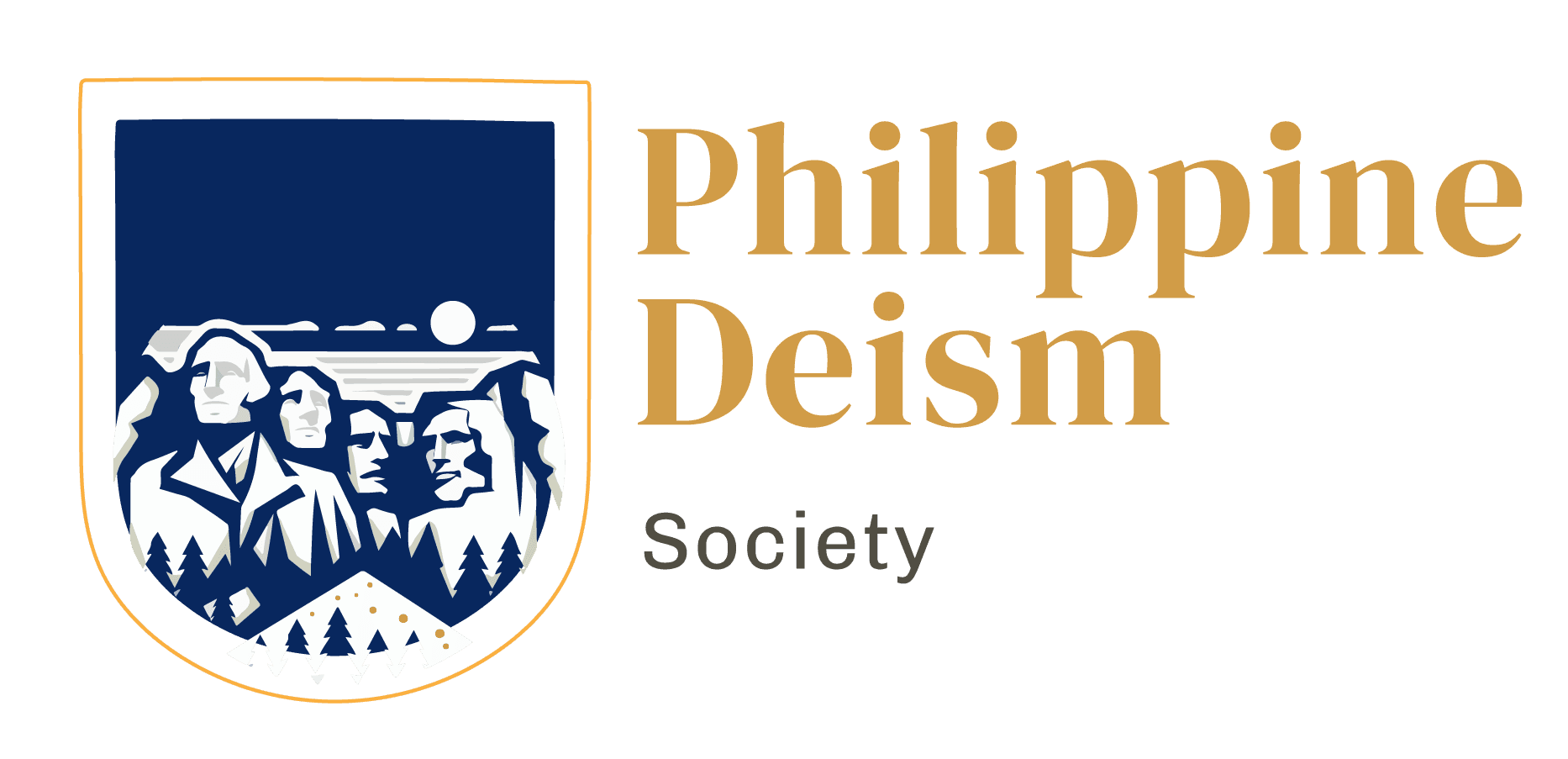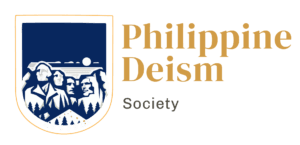What is the Probability That Illiterate People Like Matthew and Luke Were Able to Write Their Long Gospels in a Language Which Was Not Their Own?
The authorship of the Gospels has long been a subject of scholarly debate, with modern biblical scholarship increasingly challenging traditional assumptions. One particularly intriguing question is: What is the probability that individuals like Matthew and Luke—traditionally identified as the authors of two of the four canonical Gospels—were capable of writing such lengthy and theologically sophisticated works, especially in a language that was not their native tongue? This question brings into focus issues of literacy, historical context, authorship traditions, and linguistic competence in the ancient world.
1. Traditional Attribution vs. Scholarly Consensus
The Gospels of Matthew and Luke have historically been attributed to the apostle Matthew (a tax collector and disciple of Jesus) and Luke (a physician and companion of Paul), respectively. However, most contemporary scholars, across theological and secular institutions, argue that these Gospels were written anonymously and later attributed to these figures in the 2nd century to confer authority upon the texts.
There is no direct evidence from the texts themselves that the authors were eyewitnesses or known disciples. In fact, the literary and theological sophistication of the Gospels, their reliance on earlier sources (especially Mark and a hypothetical source known as “Q”), and their use of Greek language and Greco-Roman literary forms suggest the authors were highly educated and well-versed in Hellenistic thought.
2. Literacy in First-Century Palestine
Understanding literacy in 1st-century Palestine is crucial. Historical studies indicate that literacy rates in ancient Palestine were extremely low—estimated between 1% to 10% of the population, with most people, including rural Jews like the disciples of Jesus, being functionally illiterate.
Matthew, described as a tax collector, might have had some literacy in Aramaic (the local spoken language), and possibly some rudimentary Greek for administrative work, but writing extended theological narratives in literary Koine Greek would have required advanced education in rhetoric, composition, and scripture. Luke, traditionally identified as a physician and a Gentile, may have had a better chance, but again, the internal features of the Gospel suggest the work of someone trained in Hellenistic historiography, not merely a traveling companion.
3. The Language Factor: Greek vs. Aramaic or Hebrew
The Gospels were written in Koine Greek, the lingua franca of the Eastern Roman Empire. This was not the everyday language of Jesus and his immediate followers, who most likely spoke Aramaic, with some knowledge of Hebrew for religious purposes. Greek would have been spoken in more urban and administrative contexts, especially in cities like Sepphoris or Tiberias, but fluency in writing sophisticated theological narratives in Greek would have required formal education.
Given this linguistic barrier, it is highly improbable that Aramaic-speaking, uneducated fishermen or tax collectors from Galilee could author these texts without scribal assistance. This adds to the skepticism about their direct authorship.
4. The Nature of the Texts: Composition and Style
Both Matthew and Luke exhibit complex literary structures, use of rhetorical devices, careful intertextuality with the Hebrew Scriptures (translated via the Greek Septuagint), and theological themes that presuppose not only literacy but also a deep engagement with both Jewish and Hellenistic traditions.
For example:
The Gospel of Luke opens with a classical Greek prologue, mirroring Greco-Roman historical introductions.
The Gospel of Matthew integrates Jewish messianic themes with fulfillment citations that require detailed knowledge of the Septuagint and Jewish law.
This indicates the authors were not only literate but deeply immersed in multiple traditions and capable of composing sophisticated works aimed at mixed Jewish-Gentile audiences.
5. Authorship as a Social Function: Use of Secretaries or Scribes
Some defenders of traditional authorship argue that illiterate or semi-literate figures like Matthew or Peter could have used scribes (known as amanuenses) to dictate their accounts. While this was a common practice in antiquity, dictation still required a certain degree of literacy, coherence, and structure in oral delivery. It also does not fully account for the literary polish and stylistic consistency of the final texts.
Moreover, in both Luke and Acts (which are stylistically and theologically linked), the author writes in the first person (“I decided to write an orderly account”), suggesting authorial agency, not mere transcription of another’s testimony.
6. What the Evidence Suggests
Considering the combined factors of:
- Low literacy among Palestinian Jews in the 1st century,
- The linguistic and literary sophistication of the Gospels,
- The absence of internal claims to authorship by Matthew or Luke,
- The posthumous attributions made only in the second century,
…it becomes highly improbable—from a historical-critical standpoint—that illiterate or semi-literate individuals like Matthew or Luke, as traditionally described, could have independently authored the long and complex Gospels attributed to them, especially in a foreign language like Greek.
7. Conclusion: A Rational Estimate
While we cannot assign a precise numerical probability to the question, historians and biblical scholars broadly agree that the likelihood is very low—perhaps comparable to the probability of an untrained individual today writing a complex academic treatise in a second language they barely speak. The Gospels more plausibly originated in Greek-speaking Christian communities, composed by educated believers who were synthesizing oral traditions, early writings, and theological reflection into narrative form.
Thus, while Matthew and Luke may reflect traditions that originated with early followers of Jesus, the idea that they personally wrote the Gospels in fluent Greek is more a matter of pious legend than historical likelihood.
Further Reading:
- Bart Ehrman, Jesus, Interrupted and Forged
- Richard Bauckham, Jesus and the Eyewitnesses
- Raymond Brown, An Introduction to the New Testament
- John Dominic Crossan, The Birth of Christianity

